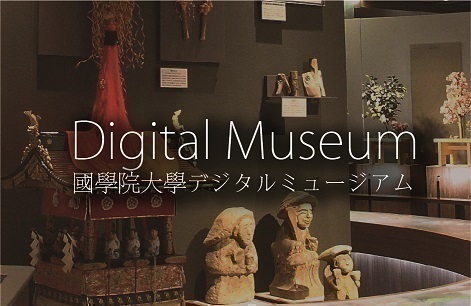- トップ
- Encyclopedia of Shinto
- Ikigami
Encyclopedia of Shinto
| Main Menu: | |
| Links: |
詳細表示 (Complete Article)
| カテゴリー1: | 2. Kami (Deities) |
|---|---|
| カテゴリー2: | Kami in Folk Religion |
| Title | Ikigami |
| Text | A person either worshipped while alive as a kami, or revered for his or her exemplary "kami-like" existence. Venerated for their remarkable power and charisma, individuals worshiped as living kami are usually persons of high station, such as the emperor, or individuals who demonstrate paranormal power or numinous presence. While living human beings, ikigami are simultaneously considered beings who transcend human existence and possess special powers in their behavior and manner of existence. Among related terms, a variety of obsolete expressions, including akitsugami and arahitogami have also been used to refer to both kami and the emperor. The practice of worshiping humans as kami has a long tradition in Japan. During the Heian period (794-1191) the practice arose of paying worship to goryō, humans who had died tragically while holding some kind of vengeful malice, and who were subsequently enshrined as a means of appeasing the anger of their deceased spirits. During the early modern period (ca. 1600-1867), the school of Yoshida Shinto institutionalized the practice of worshiping humans as kami, granting the title of reisha ("spirit-shrine") to those who were to be so recognized. This led to the spread of a cult involving the worship of humans as kami, not only after their deaths, but occasionally while they were still alive. The early modern period subsequently saw the generalized growth of a variety of cults that involved the worship of living or deceased human beings. In addition, Japanese folk religion demonstrates numerous cults that involve the veneration of professional shamans as "living kami" who deliver divine oracles. Some of these include the cults of itako, gomiso, and kamisama in northeastern Japan, the devotees of Inari and Mitake in the Kantō and Chūbu regions, and the noro of Okinawa. It is likely that such traditions have formed the cultural foundation for the veneration of living religious leaders-typified by the founders of the new religions-as living kami. As part of the establishment of the founder-disciple relationship, demonstrations of spiritual power, which originally existed in diffuse or multivalent forms, tend to become unilaterally consolidated in the person of the founder, and the founder may be seen as a "living kami," the peerless and preeminent being linking humans to transcendent existence. In terms of religious thought, individual humans are viewed as "children of the kami," or literally "spirit portions" (bunrei)-scions which have been apportioned from the original "parent kami" who, in turn, represent the root origin of all life in heaven and earth. By living a life attentive to that original relationship to kami nature, it becomes potentially possible for the individual himself to become a kami. See also Akitsumikami. - Fukushima Shinkichi |




